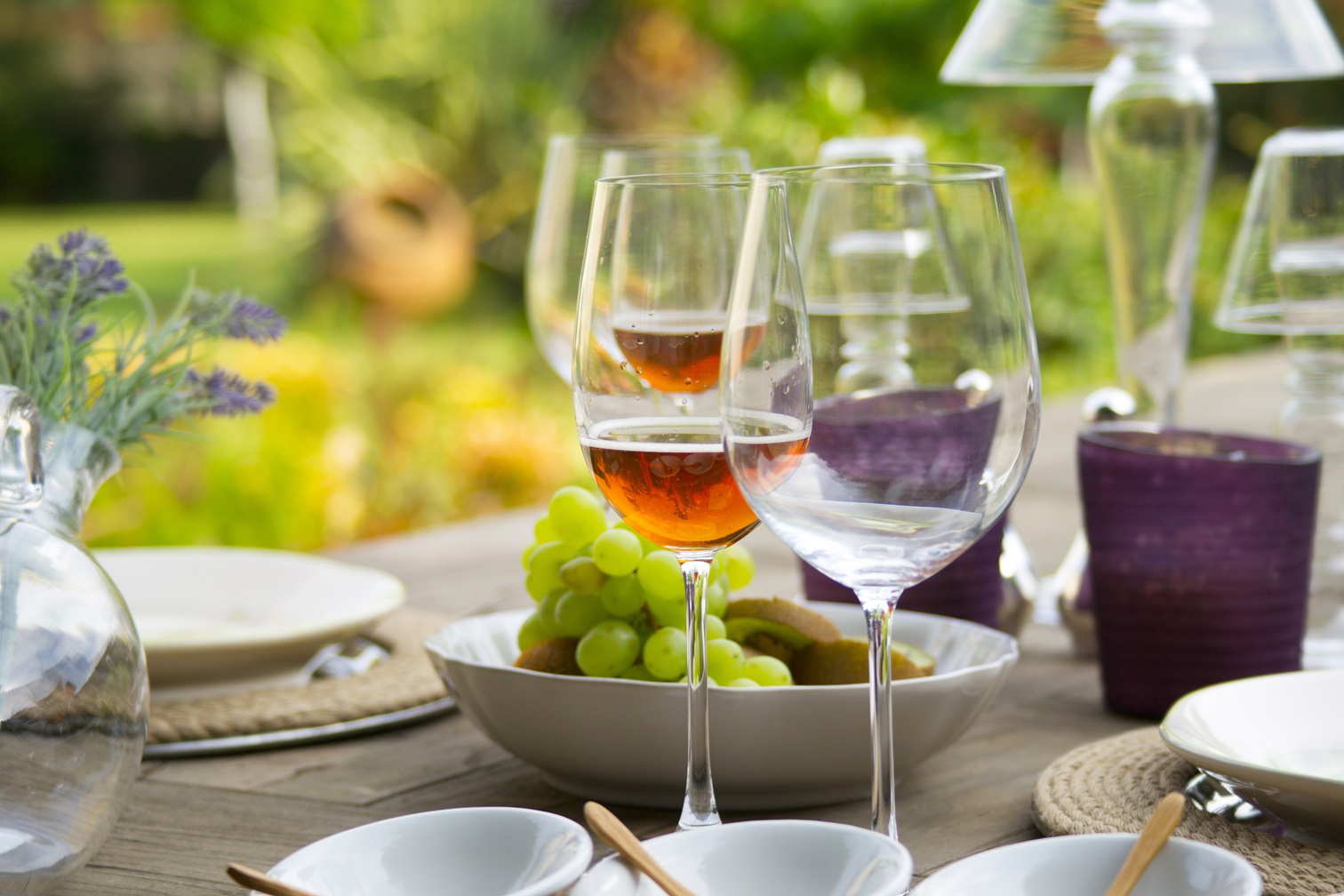
In a territory like the sicilian one, the problem of tourist seasonality can be solved with careful planning that avoids overlapping of events and allows the creation of alternative routes to existing ones. In this context, food and wine takes on a central role, inserting cellars and farms in a virtuous circuit within a territory that exalts the typical productions and the cultural and artistic peculiarities. Tourism therefore evolves: it is no longer just “places”, but “experiences”. The tourists not only follow the aesthetic pleasure but also the pleasure of taste.
The goal is to ensure that tourists do not stay in only one place but can experience the territory in all its forms. To do this, it is necessary an action that starts from the bottom and takes care of tourist operators training who must be able to present a 360 ° tourist offer, linking food and wine to nature and history of a territory.
Magda Antonioli Corigliano, professor at the Bocconi University in Milan, says: “We need to stop bringing people in only in the month of August, but try to fill the gaps of other periods of the year with new tourist offers.”
It is possible to relaunch the economic development of a territory by exploiting food and wine tourism. In fact, according to research conducted by the World Food Travel Association, food and wine are able to influence the choice of a tourist destination. Not only that, but activities related to typical gastronomic products often influence the purchase of typical foodstuffs when the tourist returns home. For Sicily and the whole Italy, lands with genuine flavors, this is a stimulus in the enhancement and promotion of typical food and wine, a true heritage to be exploited for economic growth.




